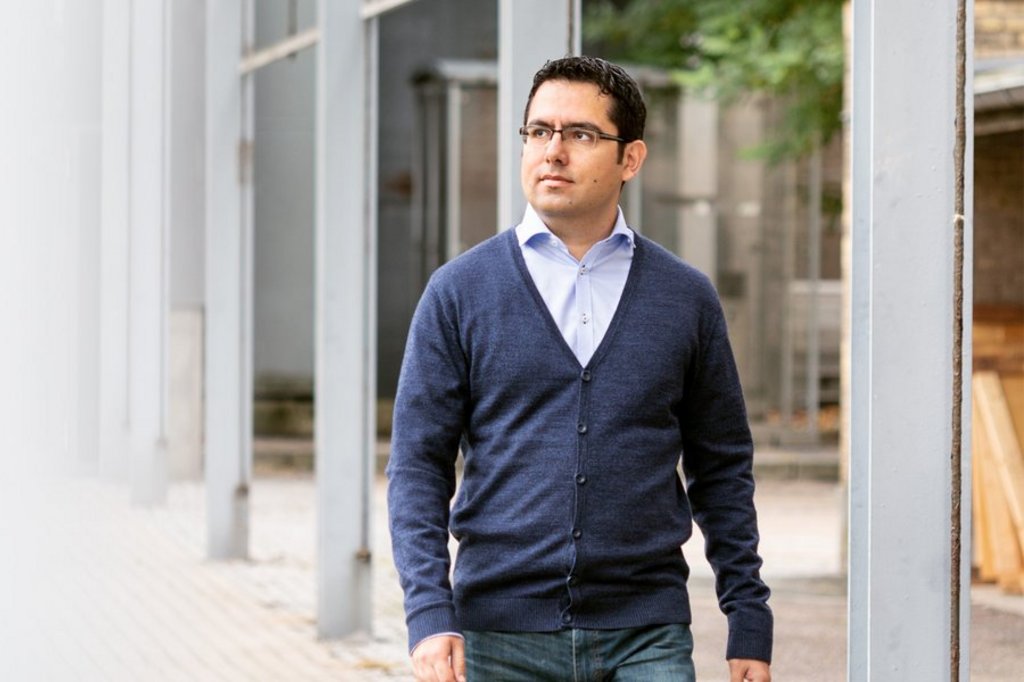
The ever-increasing size of wind turbines, with blade span exceeding 160 meters and heights of more than 220 meters, requires more and more attention to accurately modeling the atmospheric turbulent flow through wind farms in order to optimize the energy output of the giant rotors.
Over the past two decades, numerical simulations of wind farms using computational fluid dynamics (CFD) have received a great deal of attention. Although high-fidelity numerical techniques can provide detailed information about wind-farm-atmosphere interactions, they are not yet feasible to be used in the design, optimization, and real-time applications due to their high computational complexity.
A new research project led by Aarhus University aims to change that:
“Present engineering practice relies on low-order so-called ’engineering wake models’. These models are mainly deterministic and based on several simplistic physical assumptions under idealized conditions. Because of that, such models fall short in the prediction of wind farm flow and power production in real environments. This can cause large errors and uncertainties in optimization algorithms and control strategies in wind energy projects,” says Associate Professor Mahdi Abkar, an expert in fluid dynamics and turbulence at the Department of Mechanical and Production Engineering, Aarhus University.
Associate professor, Mahdi Abkar
Today, more than half of the electricity produced in Denmark comes from wind power. Hence, it’s an industry worth optimizing to reach the EU goal of climate neutrality in 2050.
The new research project, which is backed by the Independent Research Fund Denmark with a grant of DKK 2.8 million, aims at a paradigm shift in the development of wind farm flow models going from purely physics-based towards physics-informed data-driven models:
“With this project, we propose to improve the entire wind farm modeling framework by using physics-informed machine learning to predict complex interactions between atmospheric turbulent flows, the wind farm and its environment. The new framework will collect and use big data in real environments to capture these interactions closely, which are neglected in today’s engineering wake models. Our hypothesis is that this will deliver a level of accuracy comparable to high-fidelity solutions with a considerably lower computational cost,” Mahdi Abkar says.
The project, which starts in 2021 and runs for three years, could set a new standard for future wind farm design and operation, and – if successful – will be a revolutionary step in the wind energy industry, of which Denmark has been a pioneer since the 1970s.
"The results of the project could have a major impact on both academia and the wind energy industry, and I see great potential in the use of interpretable machine learning models in this field. Super optimized wind farms will be a major step towards the green transition,” the associate professor adds.
